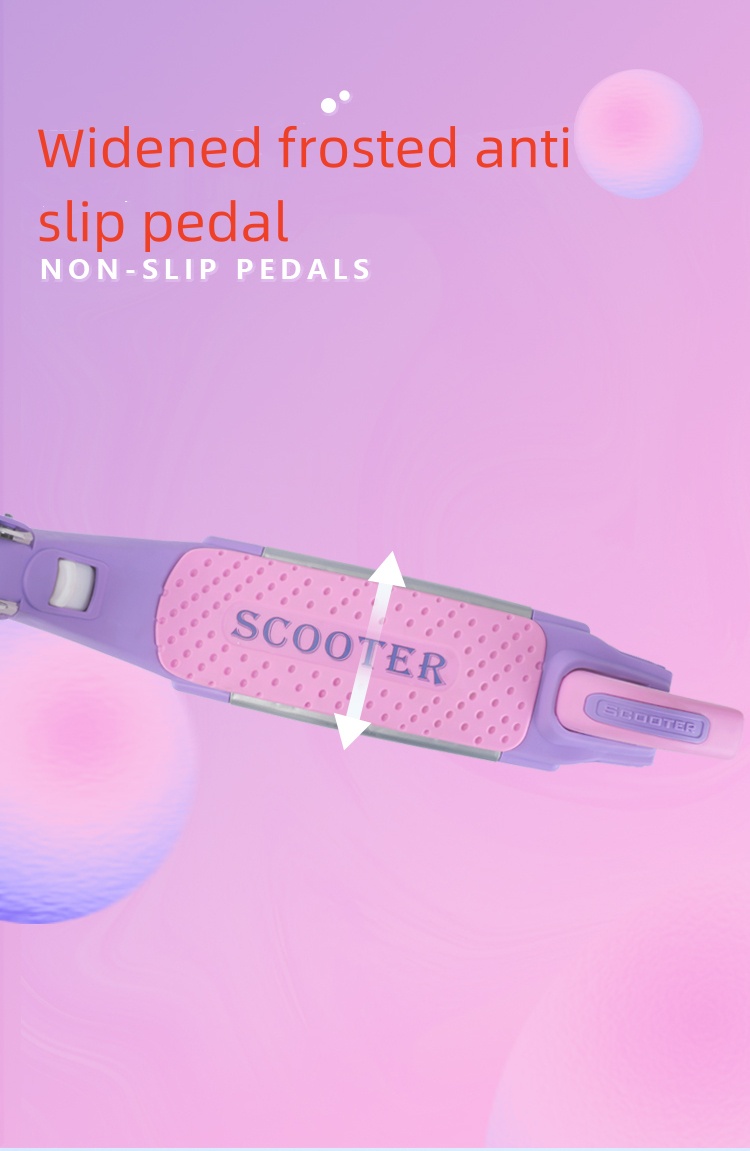Dec . 03, 2024 21:09 Back to list
Steps for Successfully Replacing Your Vehicle's Brake Drums and Improving Performance
How to Replace Brake Drums A Step-by-Step Guide
Replacing brake drums is an essential maintenance task that every car owner should be aware of. Properly functioning brakes are crucial for vehicle safety, and over time, brake drums can wear down and require replacement. Whether you’re an experienced mechanic or a novice DIYer, this guide will walk you through the process of replacing brake drums effectively.
Tools and Materials Needed
Before you start, gather the necessary tools and materials
- New brake drums - Brake shoes (if needed) - Brake cleaner - Wrench set - Socket set - Brake spring tool - Screwdrivers - Hammer - Wheel chocks - Jack and jack stands - Safety glasses - Gloves
Step-by-Step Process
1. Safety First Begin by ensuring your vehicle is parked on a flat surface. Engage the parking brake and place wheel chocks behind the front wheels to prevent any rolling. Put on safety glasses and gloves to protect yourself during the process.
2. Lifting the Vehicle Use a jack to lift the rear of the vehicle. Once elevated, place jack stands under the vehicle for added safety. Never rely solely on a jack to support the vehicle while working underneath it.
3. Remove the Wheel With the vehicle securely lifted, use a wrench or socket set to remove the lug nuts from the rear wheels. Once the nuts are removed, take off the wheel and set it aside.
4. Access the Brake Drum The brake drum is typically held in place by a couple of screws or can simply be pulled off. If there are screws, remove them using a screwdriver. If the drum is stuck due to rust or debris, gently tap around the drum with a hammer to loosen it before pulling it off.
how to replace brake drums

5. Inspect the Brake Components Once the drum is removed, inspect the brake shoes and other components within the brake assembly. Look for signs of excessive wear or damage. If the brake shoes are worn down, it's advisable to replace them as well.
6. Remove the Old Brake Shoes If replacing the brake shoes, use a brake spring tool to carefully remove the springs connecting the shoes. Take note of how everything is assembled, as you'll need to replicate this when installing the new shoes.
7. Install New Brake Shoes (if applicable) If you've decided to replace the brake shoes, install the new ones in the same configuration as the old ones. Make sure to secure them properly using the springs.
8. Install the New Brake Drum With the new or refurbished brake shoes in place, slide the new brake drum onto the hub. Ensure it fits snugly without excessive force. Reattach any screws that may hold the drum in place.
9. Reinstall the Wheel Place the wheel back over the drum, and hand-tighten the lug nuts. Once the wheel is back on, lower the vehicle back to the ground, and then use a wrench to tighten the lug nuts in a crisscross pattern to ensure even pressure.
10. Test the Brakes Once the vehicle is back on the ground and everything is tightened, pump the brake pedal a few times to seat the brake shoes against the drum properly. This step is crucial for ensuring effective braking once you hit the road.
11. Final Check Before taking your vehicle for a spin, double-check all the bolts, screws, and connections to make sure everything is secure.
Conclusion
Replacing brake drums is a manageable task for most car enthusiasts and can save you money in labor costs from auto shops. By following these steps and taking your time, you can ensure your vehicle's braking system is functioning optimally, enhancing both safety and performance. If at any point you feel uncertain, don’t hesitate to consult a professional. Happy driving!
-
Scania Brake Drums: OEM Quality for Optimal Safety & Durability
NewsAug.16,2025
-
R.V.I: Advanced Remote Visual Inspection for Precision
NewsAug.15,2025
-
Discover HYUNDA: Innovative Vehicles, Equipment & Solutions
NewsAug.14,2025
-
R.V.I: Unlock Advanced Insights & Real-time Performance
NewsAug.13,2025
-
Kamaz Brake Drum: Durable & Reliable for Heavy Duty Trucks
NewsAug.12,2025
-
Heavy Duty Iveco Brake Drum - Premium Quality & Safety
NewsAug.11,2025
